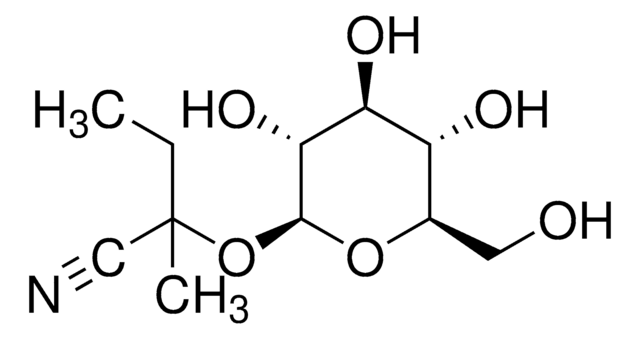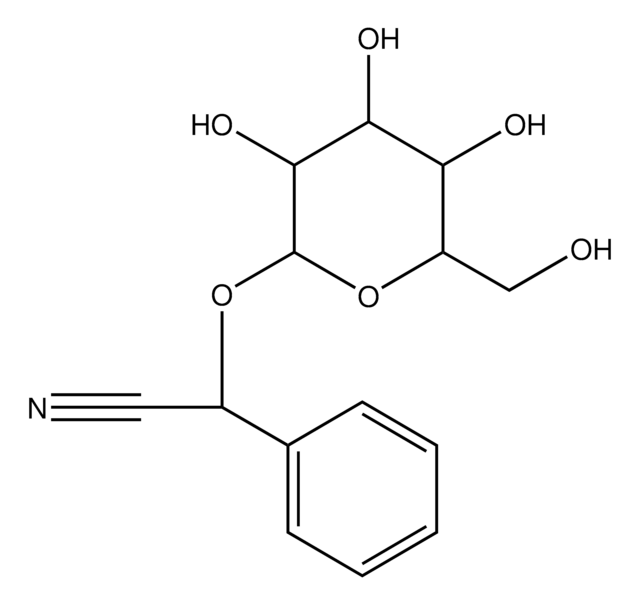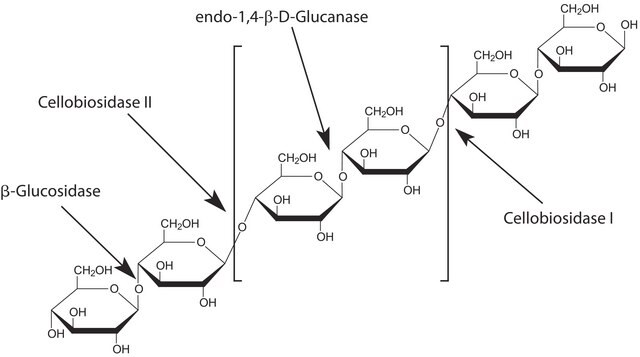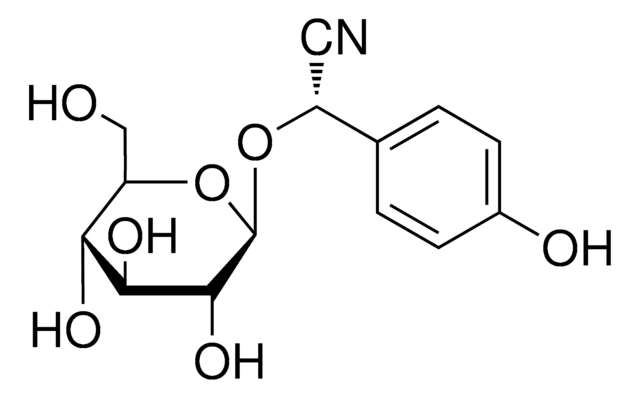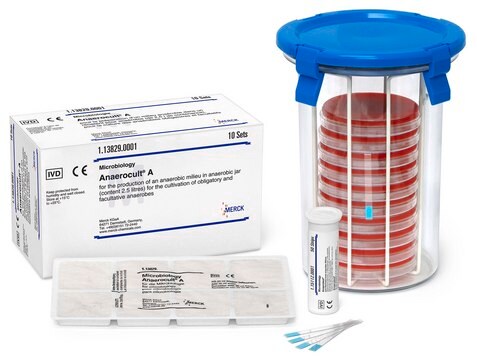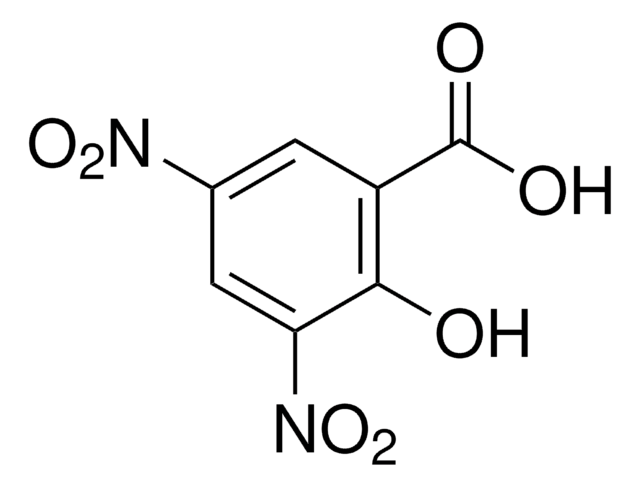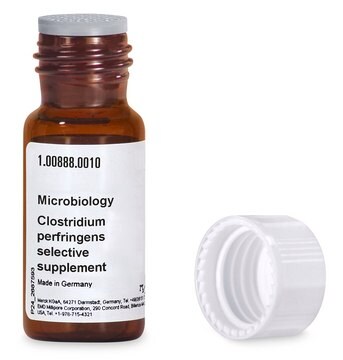68264
α-Hydroxyisobutyronitrile β-D-glucopyranoside
≥97% (HPLC)
Synonyme(s) :
α-Hydroxyisobutyronitrile β-D-glucose, 2-(β-D-Glucopyranosyloxy)-2-methylpropionitrile, Linamarin
About This Item
Produits recommandés
Source biologique
synthetic
Niveau de qualité
Essai
≥97% (HPLC)
Forme
solid
Activité optique
[α]/D -26.5±2.0°, c = 1 in H2O
Technique(s)
HPLC: suitable
Couleur
white to off-white
Température de stockage
2-8°C
Chaîne SMILES
CC(C)(O[C@@H]1O[C@H](CO)[C@@H](O)[C@H](O)[C@H]1O)C#N
InChI
1S/C10H17NO6/c1-10(2,4-11)17-9-8(15)7(14)6(13)5(3-12)16-9/h5-9,12-15H,3H2,1-2H3/t5-,6-,7+,8-,9+/m1/s1
Clé InChI
QLTCHMYAEJEXBT-ZEBDFXRSSA-N
Vous recherchez des produits similaires ? Visite Guide de comparaison des produits
Application
Actions biochimiques/physiologiques
Conditionnement
Autres remarques
Mention d'avertissement
Warning
Mentions de danger
Classification des risques
Acute Tox. 4 Oral - Eye Irrit. 2 - Skin Irrit. 2 - STOT SE 3
Organes cibles
Respiratory system
Code de la classe de stockage
11 - Combustible Solids
Classe de danger pour l'eau (WGK)
WGK 3
Point d'éclair (°F)
Not applicable
Point d'éclair (°C)
Not applicable
Équipement de protection individuelle
dust mask type N95 (US), Eyeshields, Gloves
Faites votre choix parmi les versions les plus récentes :
Déjà en possession de ce produit ?
Retrouvez la documentation relative aux produits que vous avez récemment achetés dans la Bibliothèque de documents.
Notre équipe de scientifiques dispose d'une expérience dans tous les secteurs de la recherche, notamment en sciences de la vie, science des matériaux, synthèse chimique, chromatographie, analyse et dans de nombreux autres domaines..
Contacter notre Service technique